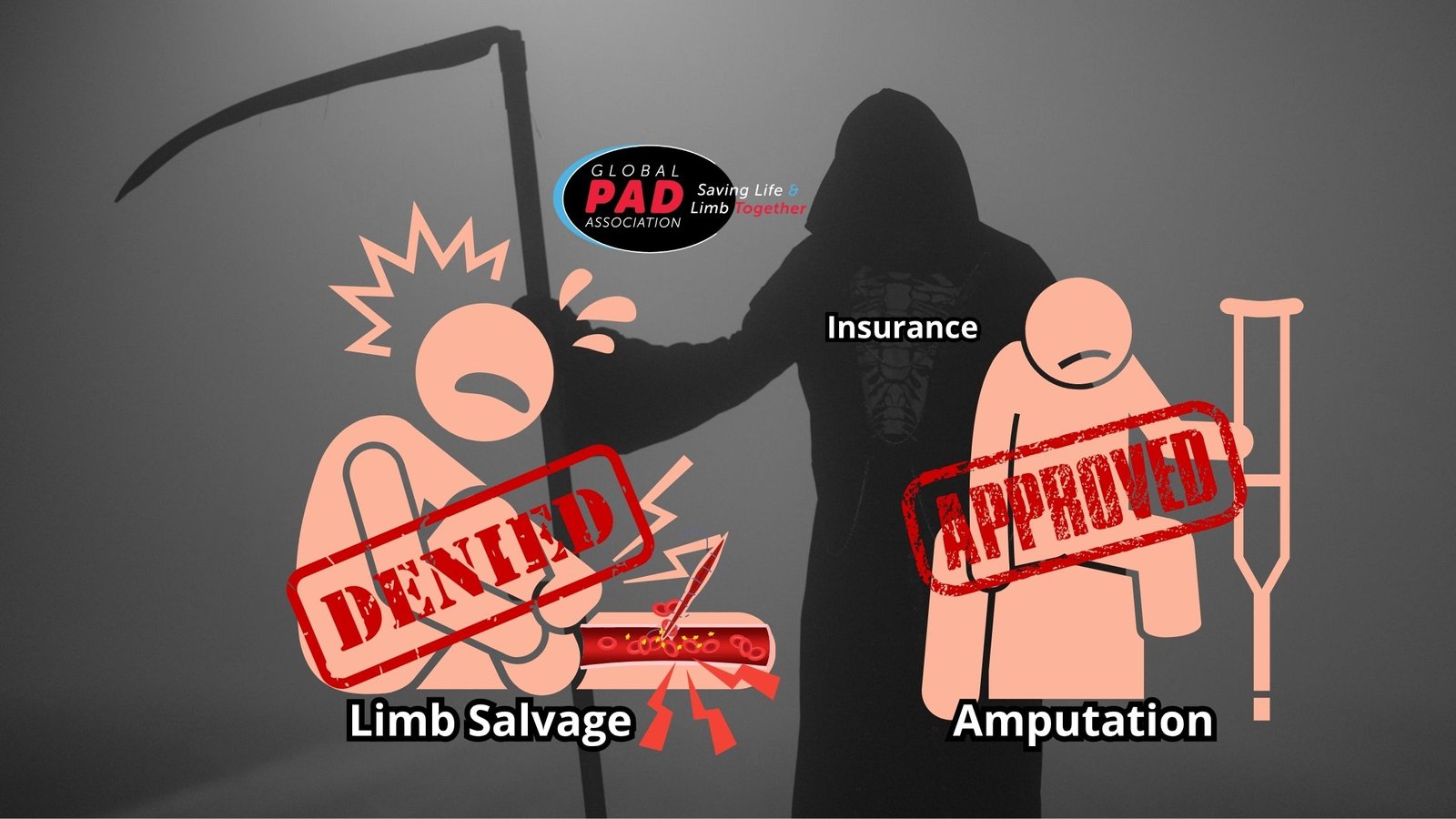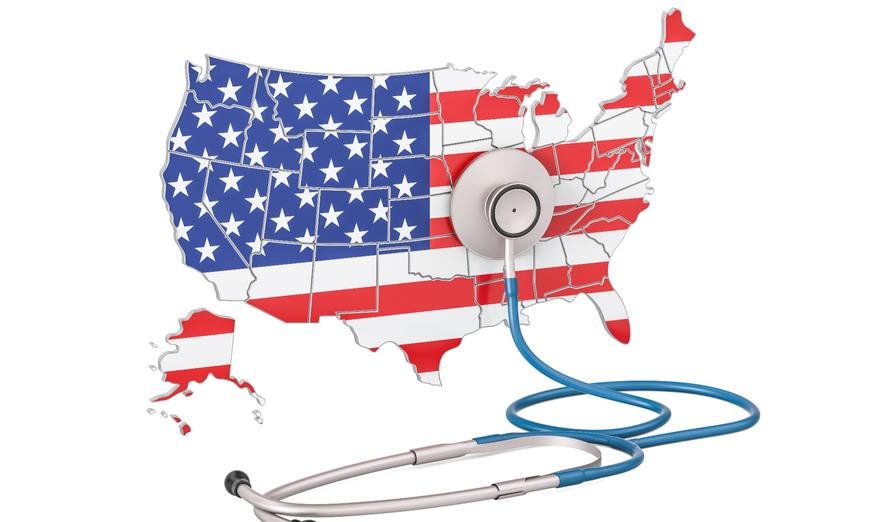In 2025, we may see radical top-down changes to our healthcare system as new heads of the NIH – National Institutes of Health, HHS – Health and Human Services; the CDC – Center for Disease Control and Prevention. And the FDA – Food and Drug Administration.
How will the heads of these government agencies ignite tech innovation in the healthcare industry?
We’re speaking to many healthcare tech CEOs to see what they think.
Joining us is Ritankar Das, Founder and CEO of Forta Health, which helps family caregivers manage their loved ones with chronic conditions. The first condition of focus is: autism.
A year ago this month, Forta raised $55 million from VCs such as Insight Ventures and Alumni Ventures.
Das believes that the government needs to recognize the potential of the family member in the future of care.
1:08 – Care delivery still involves fax machines: “One interesting thing I saw with that was, while the science and a lot of the engineering had advanced a lot, the care delivery side of it had not. So, folks were developing these advanced systems and putting it out there, and we were involved in a lot of that, but then the point of care was highly variable. I remember, in one instance, I worked on a project where we were helping a big health system manage patients who had acute kidney injury, and we were taking data off of their medical devices, their electronic health record and so forth, analyzing it on the cloud, doing pretty cutting edge work from a technology perspective, but when it went back into the clinical setting, the request was to fax the results. So, at the end of all of this, we would actually fax the results, and then they would put that on a whiteboard, and then someone would come in and cross items off a whiteboard as they addressed the situation.This was maybe four or five years ago, and I don’t think much has changed.”
7:55 – Bringing it back to the family: “What we got very interested in with this care model plus AI innovation was involving the family, and that was not in the very initial stages of the company, but as we started thinking about, ‘Hey, what is the best care model that that marries with the latest technologies?,’ it’s actually really going back to the basics, going back to human caregiving roots, which has always been within the family. No one’s going to care about outcomes more than the family members and modern technology now can allow these family members to be more effective. You no longer have to have gone to medical school for many, many years or to get other kinds of training to be effective and helpful. Now, you’re not going to replace what folks can do with all that training, that is still very necessary, and technology certainly cannot supplant any of that, but what has changed in the last, say, five or 10 years is that it’s advanced so much that a family member with some training and some support and an AI system can come in and take away some of the trial and error parts of our caregiving processes, can help get better outcomes. So, you’re adding in the system, you’re adding in training for the family members, and that addition is helping the clinicians come in.”
9: 41 – Starting with autism: “What we found was that it was an area where families were waiting a very long time for access to therapy, and they were already spending a lot of time with their children, but didn’t know what to do. They didn’t know how to spend that time effectively, how to get better outcomes, and things like that. So, we found that, ‘hey, what if we could take the medical histories and the backgrounds of children and their families and so forth, could we get much better, much more personalized treatment plans?’ And the answer was, we could. We could actually personalize it, get it a whole lot better, and take out a lot of the trial and error that is commonplace today, where folks are trying to find what type of intervention, what type of approach will work. The systems aren’t perfect, but they start you from a much better position, and, in doing so, you actually are able to then educate and train the family members and the family members don’t have to do the trial and error process.”
21:10 – The government needs to recognize the potential of the family member in the future of care: “My hope is that the new administration, and just the government at large, recognizes the real potential of the family member in the future of care broadly. We’ve seen signs of this over the past five or six years because, it’s no surprise, healthcare spending in the US is on an unsustainable pace. We spend a lot more than a lot of our peers, and our outcomes are not that good relative to a lot of our peers. In a lot of areas in chronic care the experience isn’t very good, folks are in areas where they don’t really want to be; they’d rather be at home with their family. Technology is at a point now where you can enable that to happen while getting really great outcomes and, equally importantly, perhaps lower the cost for the system and for society to get us on a sustainable path. So, my hope is, broadly, that folks recognize that and support that approach at all levels, whether it’s at the research level, at the regulatory level, and in terms of incentivizing those things. We’ve all gotten used to healthcare being a one star, two star experience, just broadly; obviously, you’re often ill when you’re interacting with the health system, so you’re not going to be in a great place, but the system broadly has let people down, and people just have come to expect very little of it. So, the type of philosophy that we want folks to engender is, how can we rethink that? And how can we do that by involving the part of the healthcare delivery that’s really good, which is great clinicians, great interventions, and great family support? How do we improve all of that?”
29:18: Healthcare spending is a failure of systems, not individuals – “There’s certainly broad system inefficiencies, no one can argue against that, because when you look at it the amount that we spend on healthcare versus the outcomes that we see just don’t match. There are many other countries that spend quite a bit less per capita and have better outcomes. It is well known that that’s the case. Then the question becomes, where specifically? I actually think it’s a lot of failure of systems, more than individuals. Most folks, at least, are doing the right thing for the folks around them, for the folks that they’re treating, the folks that they’re seeing. There’s no broad scale maliciousness going on, but the systems aren’t really fundamentally set up to succeed. If you set up an extremely overwrought system with lots and lots of machines and equipment and testing and people and infrastructure to treat something that is going to take a long time, it requires a lot of sustained empathy and support and things like that. A lot of our sick care system just isn’t set up to do that. It is simultaneously a bad experience for the folks who are getting treatment, and at the same time, it is a big area of effective waste. Where there’s a lot of potential, opportunity is rethinking from scratch what care should look like, instead of saying, ‘I see some waste there, or some inefficiency there.’ I’m sure there’s that as well at some level, in any big system you have some of that, but the big, big ones are just the fundamental structure that we have set up.”















